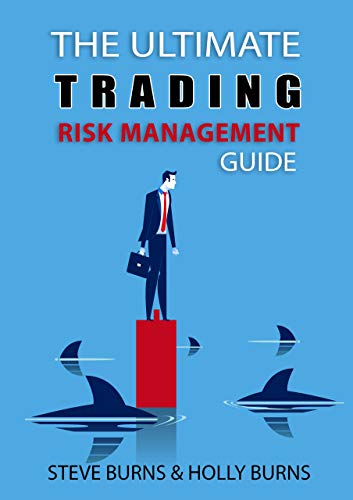In trading and investing, risk management is defined as the process of understanding, identifying, adjusting and managing all of the potential risks that an account is exposed to so the size of losses and drawdowns are minimized for the magnitude of negative impact they will have on a systems risk of ruin and long term profitability.
Some examples of possible risks to investment portfolios and trading accounts include strong reversals during trends, correlation of positions, gap downs in price, political events, market crashes, bankruptcies, currency risks, earnings reports, government reports, inflation, and monetary policy.
Any event that causes prices to move against your position is a type of risk and must be managed so worst case scenarios are limited in their size and scope on your account.
- The first step in risk management is to identify possible risks. Once you accept the potential risks involved in the markets then you can plan for what could go wrong. Too many see the potential rewards only and don’t consider the risks involved in the markets.
- The next step is understanding the frequency and magnitude of possible risks. Companies report earnings every quarter, the government issues economic reports regularly, Central Banks make interest rate decisions, and there is a bear market about once every decade. These risk events should be expected and planned for.
- Before you enter any position you should know where you will get out if it doesn’t work out. For traders they should have a stop loss level based on price action moving against you. For investors they should have a plan to exit an investment if the fundamentals decline and the trend for a company’s sales and earnings changes.
- Position size your trade or investment so being wrong will not ruin you. How much of something you buy is just as important as what you buy. You should never risk your whole account on one position. If you have several highly correlated positions in one sector or that move together then all the smaller positions are like having one big position.
- An exit strategy for locking in profits is just as important as an entry strategy. Profits are made at the exit not the entry and profits are just on paper until you sell your position and lock them in. A trailing stop based on price action can tell you to lock in profits as a trend starts to bend.
Risk management is playing defense in the game of trading or investing.
For more details on managing risk you can check out my book: The Ultimate Trading Risk Management Guide here.
